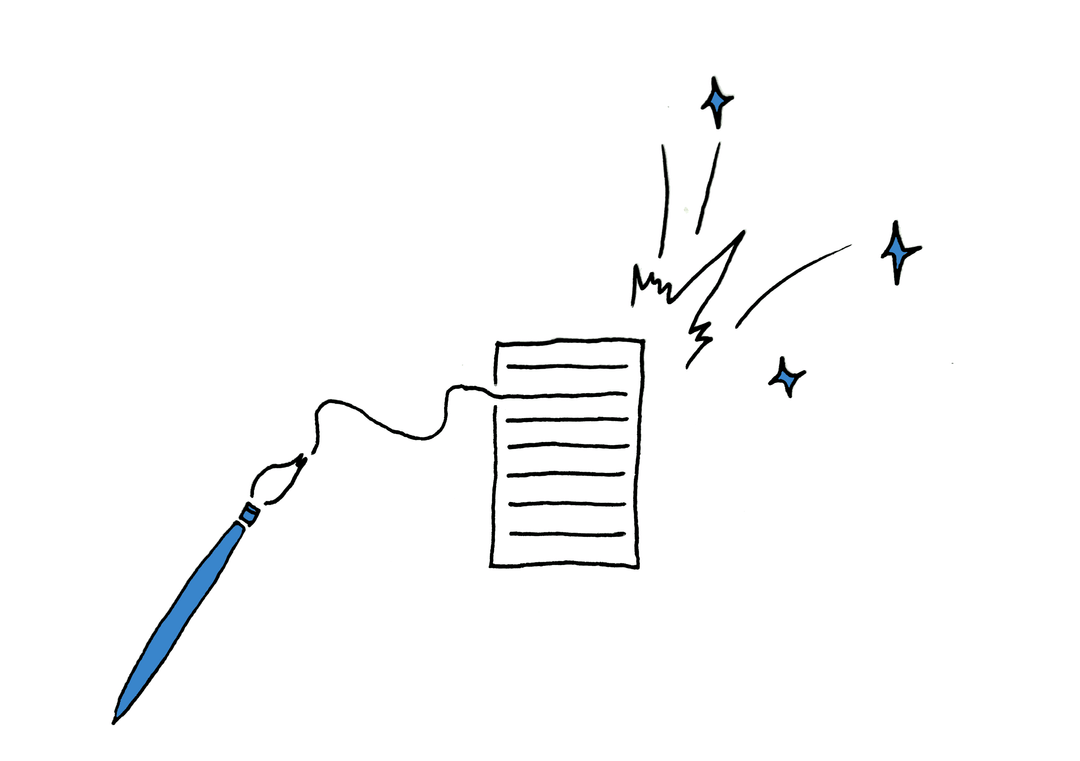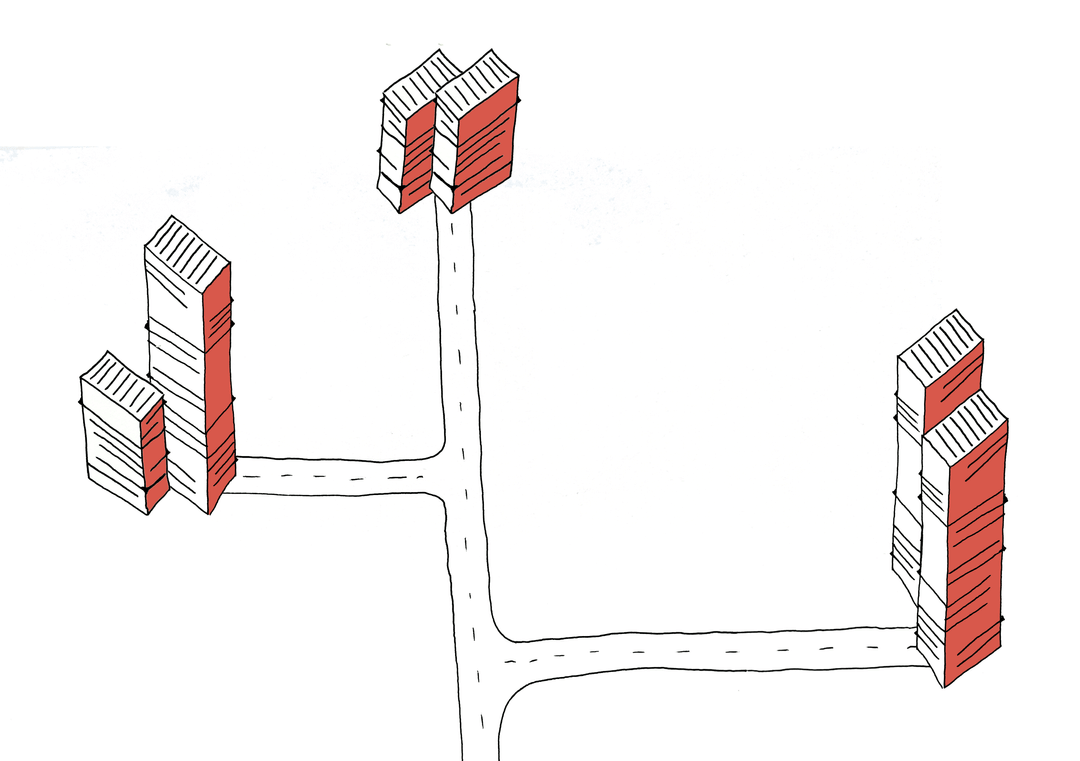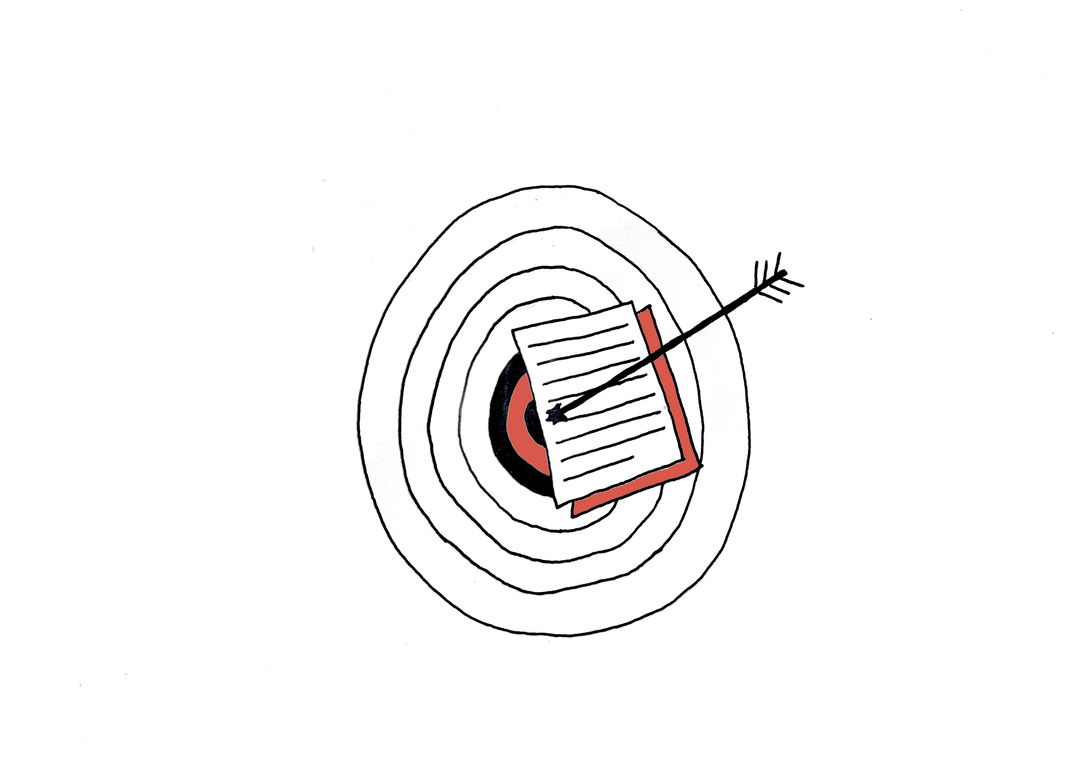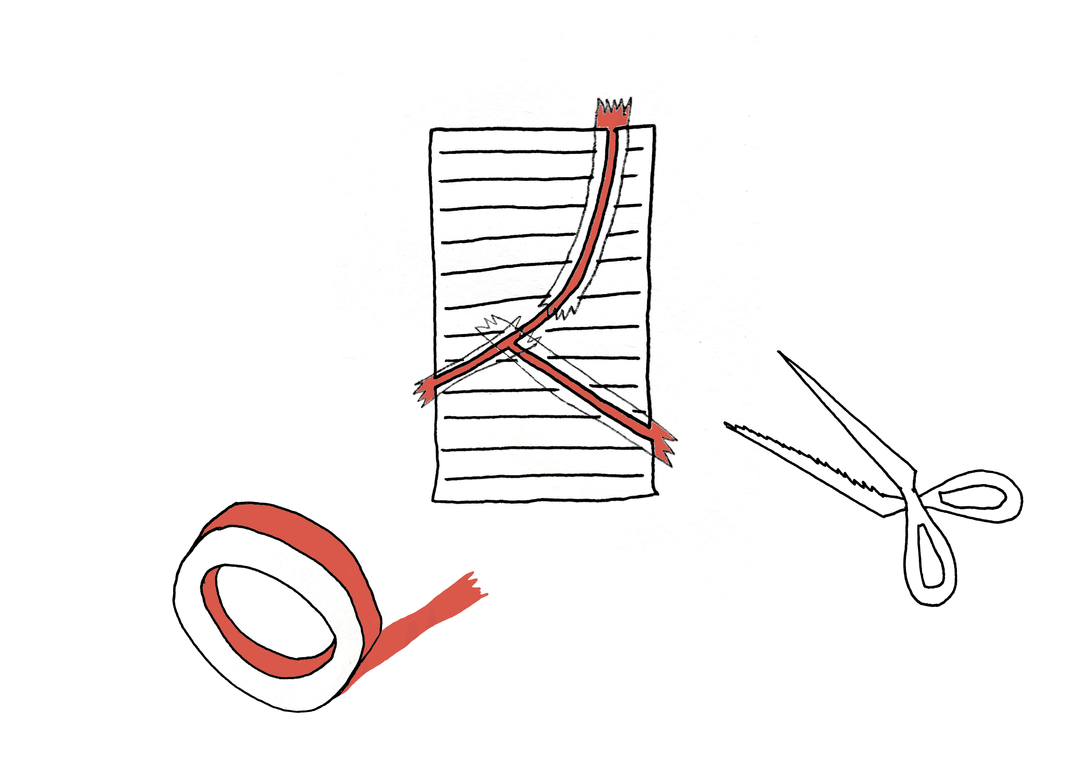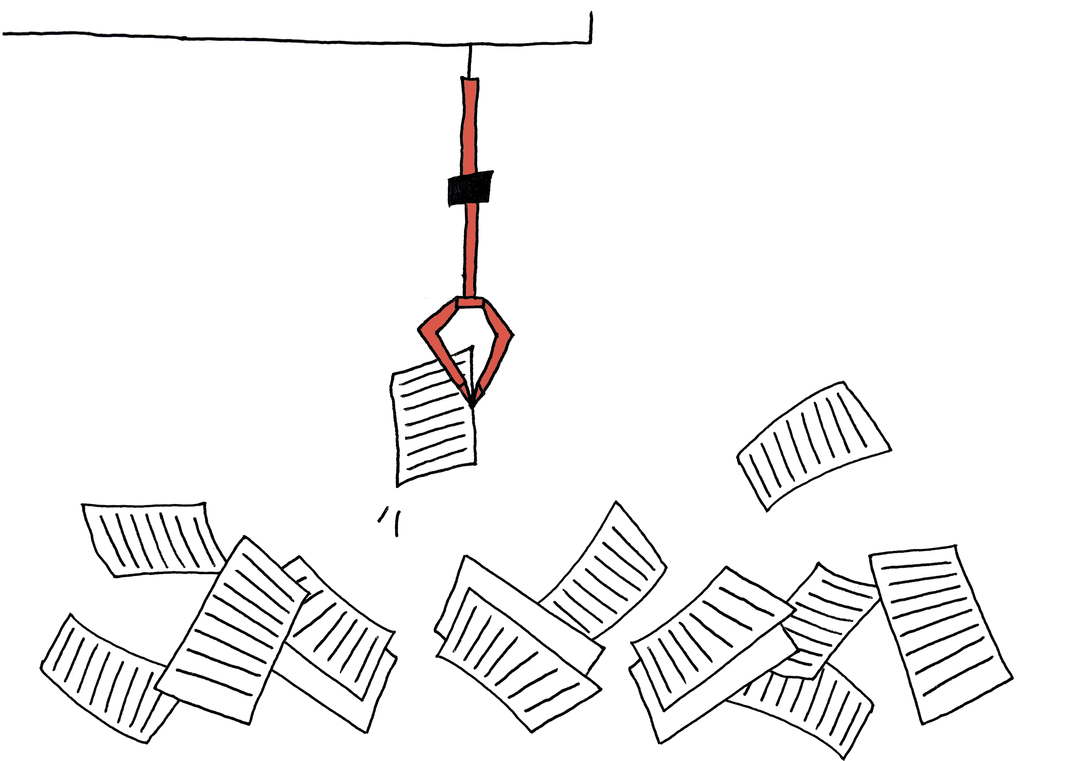Defining your value: value proposition canvas & best-practice examples 🤑

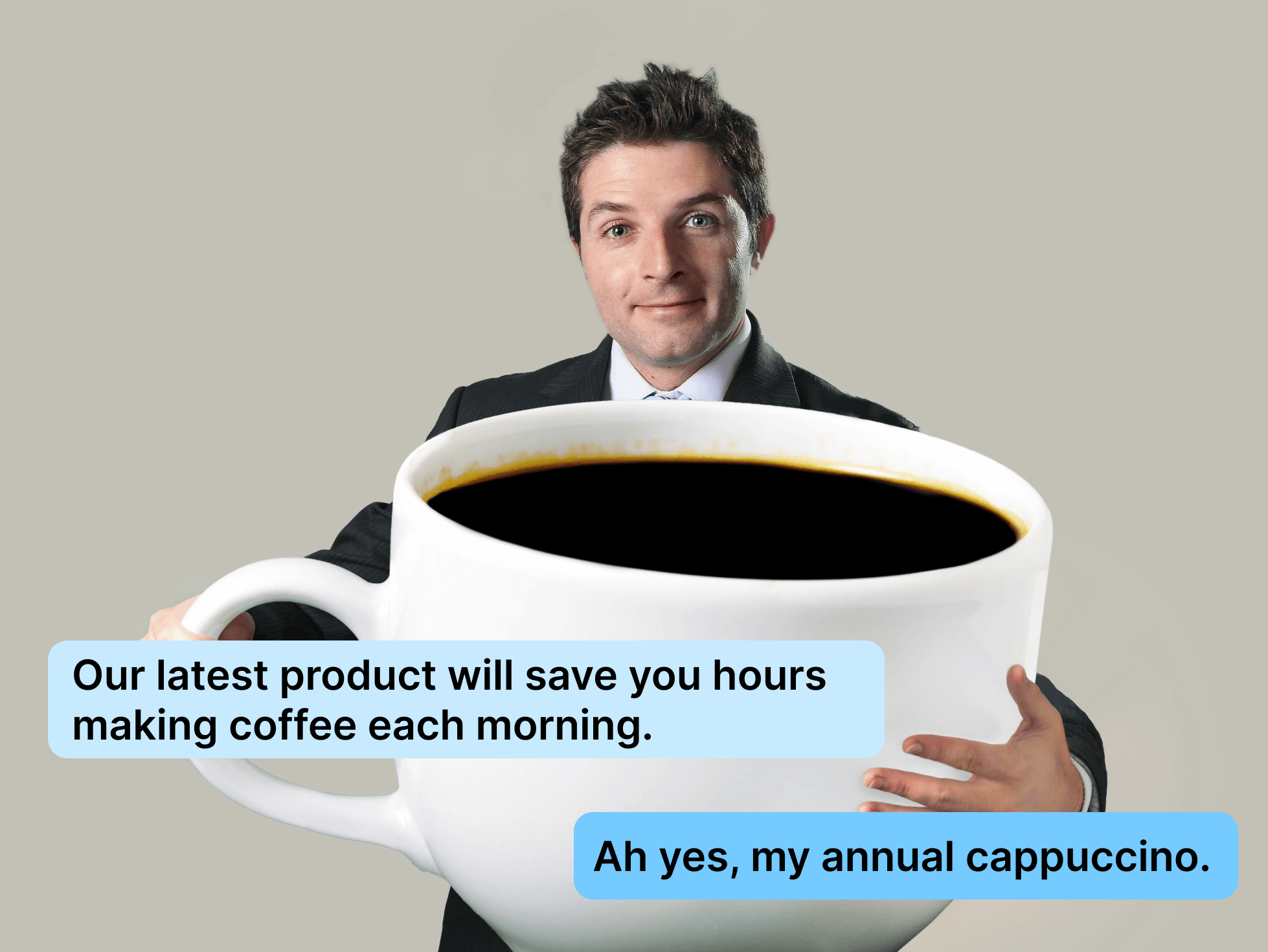
A value proposition is a summary of why someone should choose your brand, product, or service - instead of a competitor. It's more than just a compelling feature, or a description of your product. It is a promise of the benefit your customer will feel if they choose you.
Value propositions usually don't get their own section in a brief. But getting to a good one is some of the most important thinking you can do for your campaign. It will influence your key messages, your audience description, and it will be integral to the overall strategy of your campaign.
What is a value proposition?
Your value proposition is a single sentence that clearly communicates the unique benefit people get when they use your brand, product or service. It's where your audience insights and product insights meet.
Let's break that down a bit.
Single sentence
Your value prop needs to be brief. If you need more than one sentence to say why someone should buy what you're selling, then chances are either:
- Your product sucks, or
- You need a new value proposition
Unique benefit
Value props are all about differentiating what you're selling from what everyone else is selling - even if they're exactly the same.
When they use your brand, product, or service
"Use" can mean a lot of things here. It might mean the exact moment someone picks up your product, because that's when the most compelling benefit actually happens. But that's not the only point where you might add value.
For example, a non-stick baking tray delivers its most obvious benefit when you're using it:
- Food that you're cooking doesn't stick, so you're less likely to burn anything
But there's another benefit:
- Non-stick trays are much easier to wash up than other baking trays
And there's even a third benefit:
- You spend less on aluminium foil to lay over your other, stickier baking trays
So while everyone else is talking about how their non-stick baking tray makes you a better cook, you could create a more differentiated value prop that's all about making clean-up so much easier, or about offering better long-term value.
How to write a value proposition
1) Know your audience
The first step is to put yourself in your audience's shoes. They're too busy living their lives to consider each attribute of your brand, product or service. But they do have problems, ambitions, desires, hopes, dreams that are far more important to them. And you need to find out what those are.
Imagine you are your own target audience. Finish the following sentences:
- My biggest problem is…
- My problem is at its most annoying when…
- Life would be better if…
- If my problem was solved, I would be doing… instead
- The reason I want to solve this problem is…
- My current solution is…
You can make educated guesses at first, but there's no substitute for actual market research. Go and talk to your target audience, run a survey - anything that can give you an insight into what's important to them and how your brand might be able to help them. And remember to read our article on defining your target audience to help speed things along.
2) Know yourself
Step two is thinking honestly about what your brand, product, or service does to help your audience solve that problem you found. Again, put yourself in your audience's shoes, and answer the following questions:
- How does this product, service, or brand solve my problem?
- What tangible results do I get from solving my problem with this product, service, or brand?
When choosing your benefits (because that's what you're really doing here), compare how effective your brand is at delivering that benefit, and how important it is to your audience, and map it on a chart like the one below. Do the same for your competitors, and you can find your white space, where your unique proposition might come from.
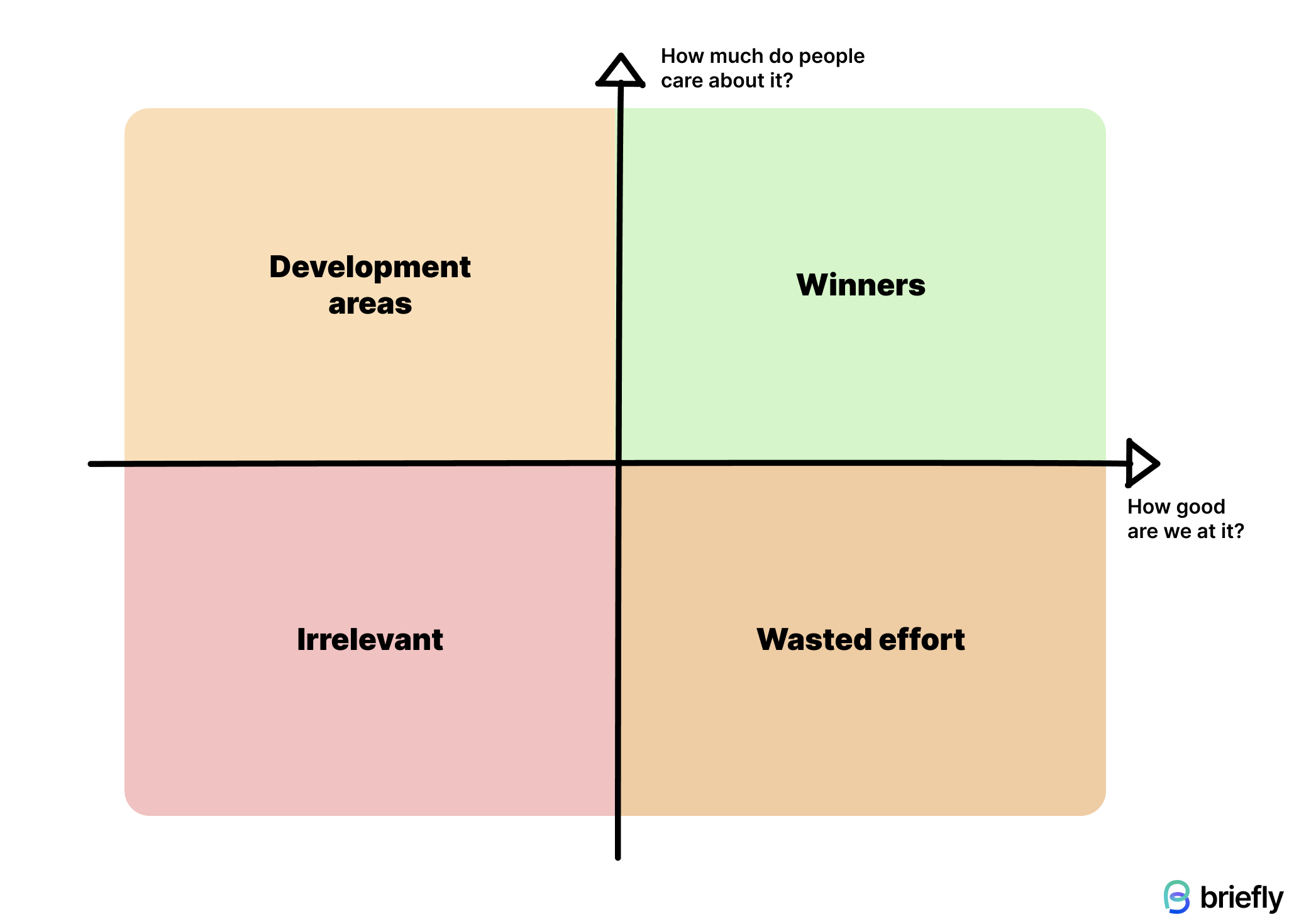
Beware the value proposition trap
As you create your value proposition, you will probably reach a point where you really want to say:
- We save you time!
- We save you money!
- We make life easier!
These are the biggest traps when creating a value proposition, because they are clear benefits, but they are simply too generic. They obscure your value rather than defining it.
A stand mixer from KitchenAid saves you time, because it's a quicker way to mix dough than doing it by hand.
A kettle from KitchenAid also saves you time, because it's a quicker way to boil water than in a pan on the hob.
These are two kitchenware items from the same brand, and they both save you time. Yet they offer completely different value. So try to steer clear of time, money, and ease.
We're not sponsored in any way, but KitchenAid, if you're reading this, feel free to send us a stand mixer or kettle.
3) Know your enemy
Now that you know your audience and yourself, it's time to think about what sets you apart from your competition. Your value proposition needs to clearly communicate your unique benefit and differentiate you from others in your industry.
Some questions to consider include:
- What do you do better than anyone else?
- What makes your product or service unique?
- What do your customers love most about you?
- How do you solve a problem differently than your competitors?
You can also use the 2x2 grid above to find where you're beating your competitors and where your white space might be. Your aim is to frame the benefit you deliver as the preferred provider of value for your audience when it comes to solving their problem.
How to craft a value proposition (with examples)
Value Proposition Templates
There are several templates you could use to help structure your value prop. We've listed three here to get you started - but don't be afraid to go off-piste! After all, this one sentence will be your own unique summary for why your target audience should buy from you.
Template 1: We help (X) do (Y) by doing (Z)
For example:
We help dinner party hosters get back to their guests by creating non-stick baking trays that take seconds to clean.
Template 2: For (target customer) who (needs or wants X), our (product/service) is (category of industry) that (benefits)
For example:
For dinner party hosters who want to put on the best night for their guests, our Turbo Elite baking tray is a non-stick tray that can be cleaned of any mess in seconds.
Template 3: For (target customer) who (problem they face), we (solution we provide)
For example:
For dinner party hosters who have to spend too long washing up while their guests are still round, we create non-stick baking trays that take seconds to clean.
Value Proposition Canvas
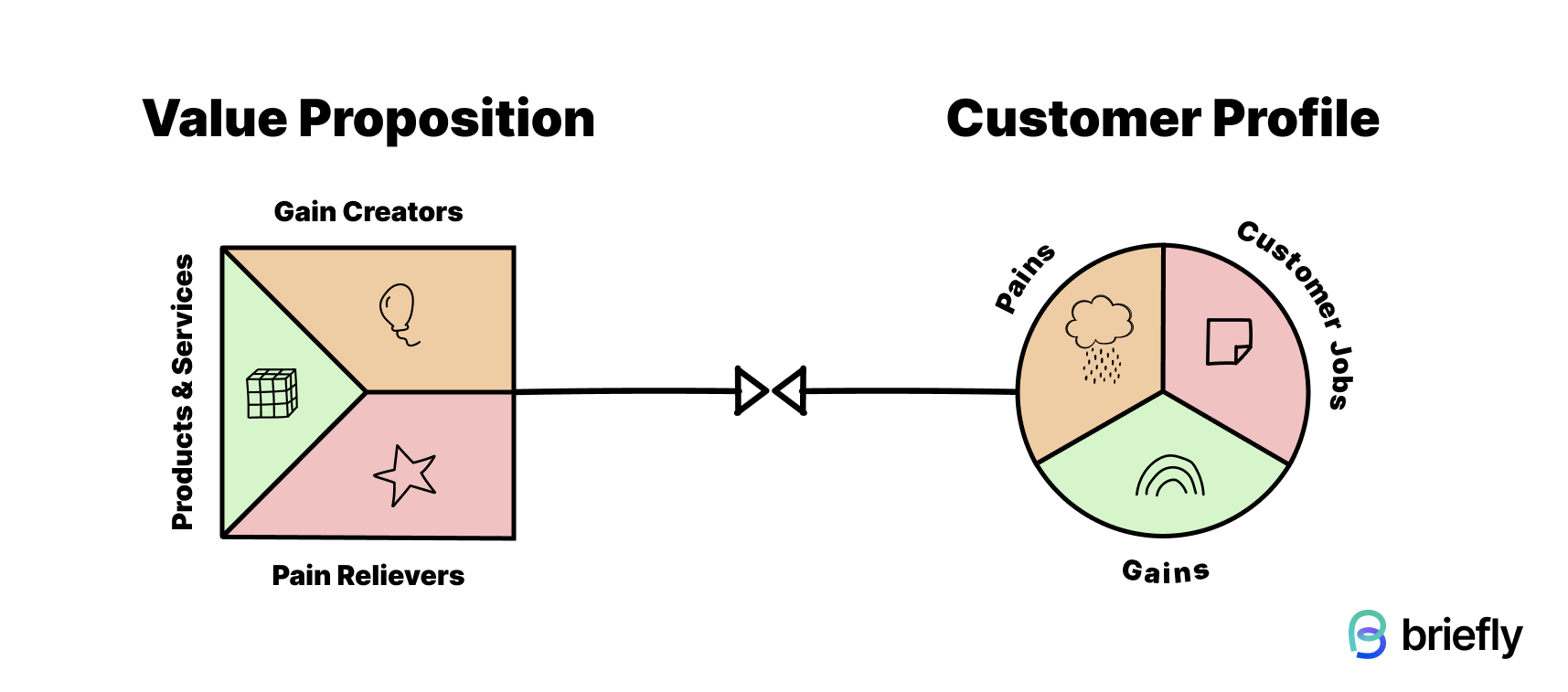
The value proposition canvas, initially developed by Dr Alexander Osterwalder, was designed to ensure a product market fit. Often used by start-ups to test whether their product was worth the investment, it can be used by marketers to identify the key value your product offers and how to communicate it.
There are six elements to the value proposition canvas, split into two sections:
Value Proposition
Gain creators
- How the product or service offers added value to the customer
Pain relievers
- How the product or service solves a problem for the customer
Products and services
- The products and services which create gain and relieve pain
Customer Profile
Gains
- The benefits which the customer expects and needs
Pains
- The negative experiences, emotions and risks that the customer experiences in the process of getting the job done
Customer jobs
- The functional, social and emotional tasks customers are trying to accomplish
- The problems they need to solve and the needs they want to meet
How to use the value proposition canvas
After you've listed each of the elements of the value proposition, you can use the consumer profile to rank each item from "essential" to "nice to have". This ranking will help you determine what you do that your customers will truly value, and that solves a problem that they actually care about. In start-up speak, you have market fit when the products and services you offer address the most significant pains and gains that your customers experience.
As ever, any findings you take from a theoretical framework need to be validated - test your findings with customer research. Put your value proposition into the field, into the real world, and see how real people react to it.
The value proposition isn't really a part of the marketing brief - it's a piece of marketing strategy. But once you've found it, you'll find that crafting your key messages becomes a much simpler task.
Of course, if you want to make writing a great brief easy, you can always try Briefly 🌱




